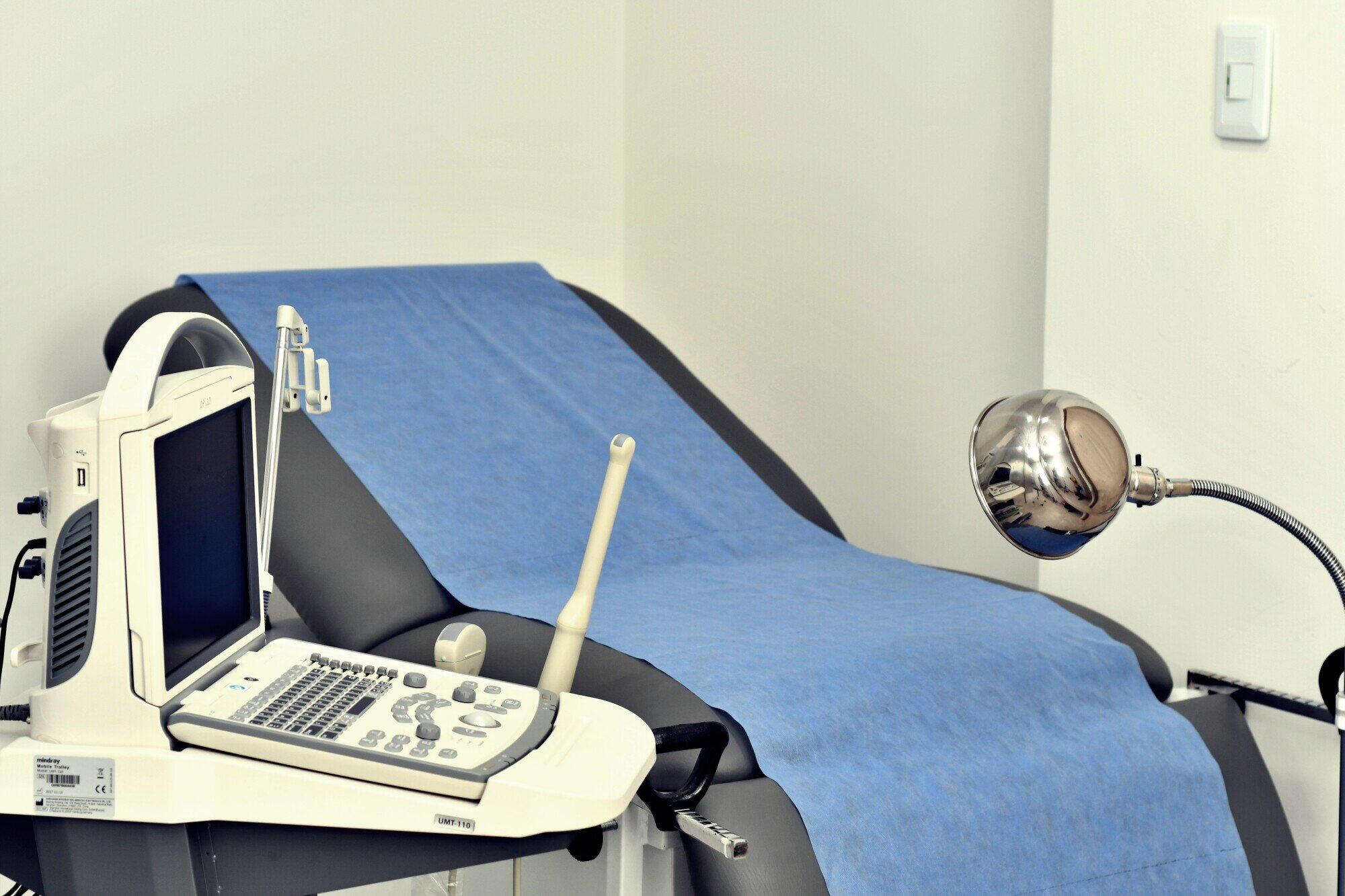
According to medical experts, you should be getting a pap smear every 3 years. Your medical professional might tell you to get it even sooner if you have a family history of cervical cancer.
A Pap smear, also known as a Pap test, is a routine screening procedure used to detect abnormal cells in the cervix that may indicate cervical cancer or other conditions. While it is a crucial part of women’s health care, it’s not uncommon for some women to experience bleeding after a pap smear.
Understanding the reasons behind post-pap smear bleeding can help alleviate concerns and provide insight into what to expect. Keep reading to learn more.
Minor Bleeding Causes After a Pap Smear
The cervix is a delicate and sensitive area. The process of collecting cells involves gently scraping the surface of the cervix, which can cause minor abrasions or irritation.
This is especially true for women who have sensitive cervical tissue or underlying conditions that make the cervix more prone to bleeding.
The cervix is also rich in blood vessels, some of which are very close to the surface. During the Pap smear, these blood vessels can be inadvertently disturbed, leading to light spotting or bleeding. This type of bleeding is typically minimal and short-lived.
Hormonal Changes
Hormonal fluctuations, such as those occurring during menstruation, pregnancy, or perimenopause, can affect the cervical tissue, making it more susceptible to bleeding. If you undergo a Pap smear during these times, you might be more likely to experience post-exam bleeding.
Cervical Ectropion
Cervical ectropion, also known as cervical erosion, is a condition where the cells from the inside of the cervical canal are present on the outer surface of the cervix.
These cells are more fragile and prone to bleeding when touched or scraped during a Pap smear. Cervical ectropion is usually harmless and common among young women, pregnant women, and those taking oral contraceptives.
Infection or Inflammation
Infections or inflammation of the cervix, such as cervicitis, can increase the likelihood of bleeding after a Pap smear. Conditions like bacterial vaginosis, yeast infections, or sexually transmitted infections (STIs) can cause the cervix to become inflamed and more sensitive.
If you have an infection, your healthcare provider may recommend treatment to resolve the issue.
Managing Post-Pap Smear Bleeding
In most cases, bleeding after a Pap smear is light and resolves on its own within a day or two. It may appear as light spotting or a small amount of blood on your underwear or toilet paper.
While light bleeding is normal, certain signs warrant contacting your healthcare provider:
- Heavy bleeding similar to a menstrual period
- Bleeding that lasts more than a few days
- Severe cramping or pain
- Unusual discharge or foul odor
These symptoms could indicate an underlying issue that needs to be addressed.
Bleeding After a Pap Smear Isn’t Something to Worry About
In most cases, bleeding after a pap smear is nothing you should get anxious about. It’s common and has some mild reasons for it.
But if you are still feeling fearful about the bleeding, visit Women’s Health Associates in Boise, ID, to get a second opinion. We are a clinic made by women for women, so we understand how women’s health very well.
Schedule a consultation with our team today.

